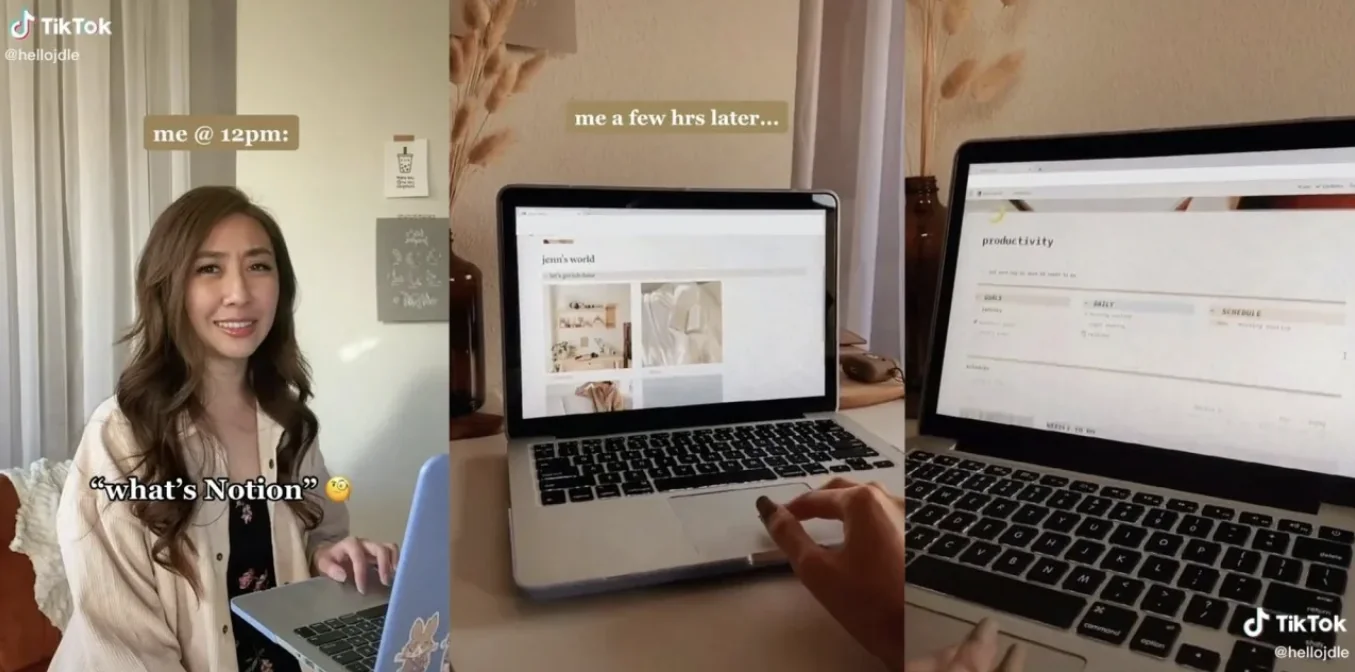Micro-influencers and Affiliate Marketing: The Perfect Match for Performance Campaigns

Influencer marketing used to be all about celebrities. But lately, it’s the smaller players who are making the biggest impact. The buzz around micro influencers is not new in 2025, but still more than relevant.
Such influencers around social media can skyrocket trust to your offer and bring you some meaningful leads, especially if you cooperate with a relevant mini-celebrity.
Let’s explore the real power behind these content creators and how you can use them to boost performance with a human touch.
So, What Is a Micro Influencer?
A micro influencer is typically someone with between 10,000 and 100,000 followers on platforms like Instagram, YouTube, or TikTok. While they might not be mainstream stars, they usually have a highly specific niche — think skincare routines, indie video games, travelling, niche fashion, personal finance, or pet training.
What makes them stand out is the level of trust they’ve built. Their communities might be smaller, but their influence tends to be deeper. Instead of attracting fleeting clicks, they generate real attention — and real action.
If you’re wondering what’s a micro influencer good for, the short answer is: conversions. These creators speak the language of their audience and often behave more like peers than public figures.
Why Micro Influencers Are a Hidden Gem for Affiliates
In affiliate marketing, budget and conversion efficiency are everything. That’s where micro influencers shine.
Rather than investing a huge chunk of your budget on a one-time shoutout from a mega-celebrity (that may or may not reach the right people), micro influencers allow you to:
- Target niche audiences with laser focus
- Affordable prices for integrations, than large influencers usually request
- Negotiate easily — micro influencers are often more approachable than big stars
- Run multiple small-scale tests across verticals or GEOs
- Get authentic content, not polished, soulless ads
From the psychological side, followers see micro influencers as real people. This translates into stronger trust and higher intent. For arbitrage, that means better CTRs and more qualified leads.
Real-World Examples: Micro Influencers in Action
Plenty of brands that work with micro influencers already know this model works. Let’s look at a few public examples:
First, Glossier, the beauty startup, avoided big-name celebrities in favor of everyday makeup lovers, who felt like friends, not marketers.
Second, even in the tech space, Notion used micro influencers on YouTube and Tik Tok to explain their tools, often as part of affiliate partnerships.

Daniel Wellington built its global watch empire through micro influencers and affiliate links — thousands of niche creators promoted the brand in exchange for commissions and discounts.

Affiliate marketers can take the same approach. Whether you’re promoting a dating offer, a finance app, or a niche health product, there’s likely a micro creator already talking to your future customers.
How to Work with Micro-Influencers
Collaborating with micro influencers is more approachable than you might think. Here’s how to get started.
Start by identifying creators in your niche using tools like BuzzSumo, Heepsy, or even manual searches on Instagram, YouTube, or TikTok. Look for:
- Good engagement (likes/comments ratio)
- Relevant and consistent content
- Audience alignment with your offer’s vertical or GEO
Reach out with a clear, friendly message. Offer value — whether that’s revenue share via affiliate links, free access to your product, or a fixed payment. Most micro influencers are open to hybrid models.
Be transparent about what you expect (a review? a story? a swipe-up with UTM tag?). And always provide creatives or talking points to make their job easier.
Bonus: Micro Influencer Revenue Streams = Affiliate Friendly
Many creators today are looking to diversify income. They don’t want to rely solely on brand deals or platform payouts.
Affiliate marketing is a perfect match. It gives them ongoing revenue, not just one-time fees — and you, as a media buyer or affiliate, get scalable content distribution with built-in trust.
That’s why micro influencer revenue streams increasingly include affiliate commissions — especially in niches like beauty, fitness, tech, and finance.
Final Thoughts: It’s Time to Think Smaller (Strategically)
Micro-influencers might not have millions of followers, but they have what matters most: trust, authenticity, and community.
For affiliates, that’s gold.
They offer a rare opportunity to run authentic campaigns at scale, without breaking the bank — and without relying on cold traffic alone. So the next time you’re launching an offer, consider cooperating with micro influencers!
Join our Telegram for more insights and share your ideas with fellow-affiliates!



